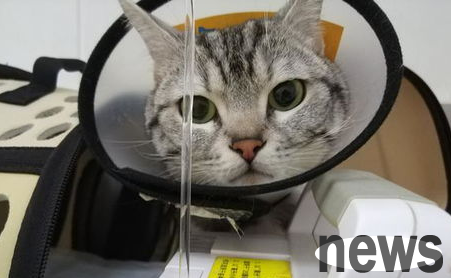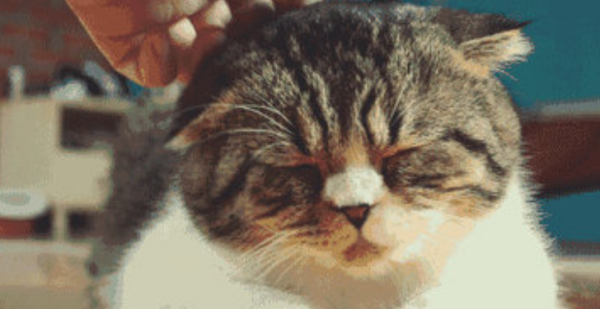Urine collection methods for cat urine tests, cat raising strategies!
The urinary abnormalities in cats mainly include color abnormalities and urination disorders, such as polyuria, oliguria, urinary pain, urinary incontinence, etc. In addition to observing their color, the health of the cat must also be judged by changes in the composition in the urine. Before performing a urine test on the cat, we must first perform urine collection on the cat. There are the following methods for cats to collect urine.

I. Catheterization should be carried out under sterile conditions as much as possible. Catheterization can prevent most of the contaminants in the vagina, penis foreskin and perineum, but it may be that the unclean urethral opening will contaminate urine. When catheterizing, bringing bacteria into the bladder may cause infection in the healthy lower urinary tract of dogs and cats. In those cases where urinary tract infections were preceded, the risk of erectile tract infection was greater. Exercising too hard while delivering a catheter may cause rupture of the diseased urethra or bladder. Incorrect operation can also lead to normal urethra and bladder rupture. When catheterization occurs, the wound present increases the red blood cells, proteins, and epithelial cells in the sample.
2. In principle, compression of the bladder is not recommended to use compression of the bladder to collect urine. If there is trauma in the urinary system, compressing the bladder can increase red blood cells and proteins in the urine sample. If the animal has urethral obstruction, has recently had major trauma in the bladder, or has undergone cystectomy, you cannot use compression of the bladder to collect urine. Excessive pressure can rupture the bladder, and it is more likely to rupture when the bladder itself is sick. Forced compression of the bladder and urine collection will cause urine to flow backward from the bladder back to the ureter, increasing its risk of infection. When evaluating urine obtained by this method, contamination of the urethral or vagina, or penis and foreskin must be considered.
3. Natural urination
When using natural urination and urine collection, it is best for middle urine because the initial urination will mechanically wash out the dirt in the urethral opening and vagina, vagina, and foreskin. The urine samples collected from the cage or the ground are poor, but they are still very effective if contamination factors are taken into account. However, when contaminants are related to cells, proteins or bacteria, another urine collection method must be used to prove abnormalities in the urine sample. Natural urination is the method of urine collection chosen during valence hematuria, because other methods will cause bleeding during urination and increase the amount of red blood cells.




